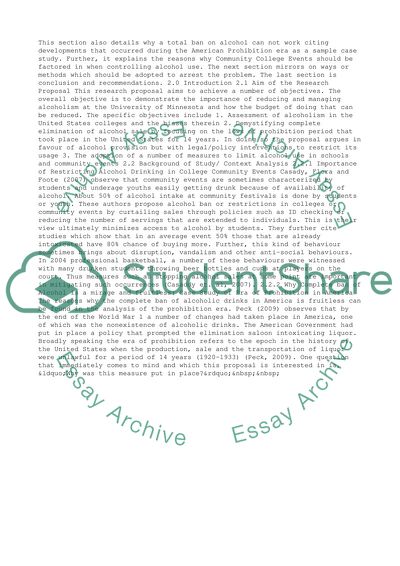Cite this document
(“Anti-Drinking Campaign in the University of Minnesota Essay”, n.d.)
Retrieved from https://studentshare.org/management/1426505-anti-drinking-campaign-to-a-hypothetical-college
Retrieved from https://studentshare.org/management/1426505-anti-drinking-campaign-to-a-hypothetical-college
(Anti-Drinking Campaign in the University of Minnesota Essay)
https://studentshare.org/management/1426505-anti-drinking-campaign-to-a-hypothetical-college.
https://studentshare.org/management/1426505-anti-drinking-campaign-to-a-hypothetical-college.
“Anti-Drinking Campaign in the University of Minnesota Essay”, n.d. https://studentshare.org/management/1426505-anti-drinking-campaign-to-a-hypothetical-college.


